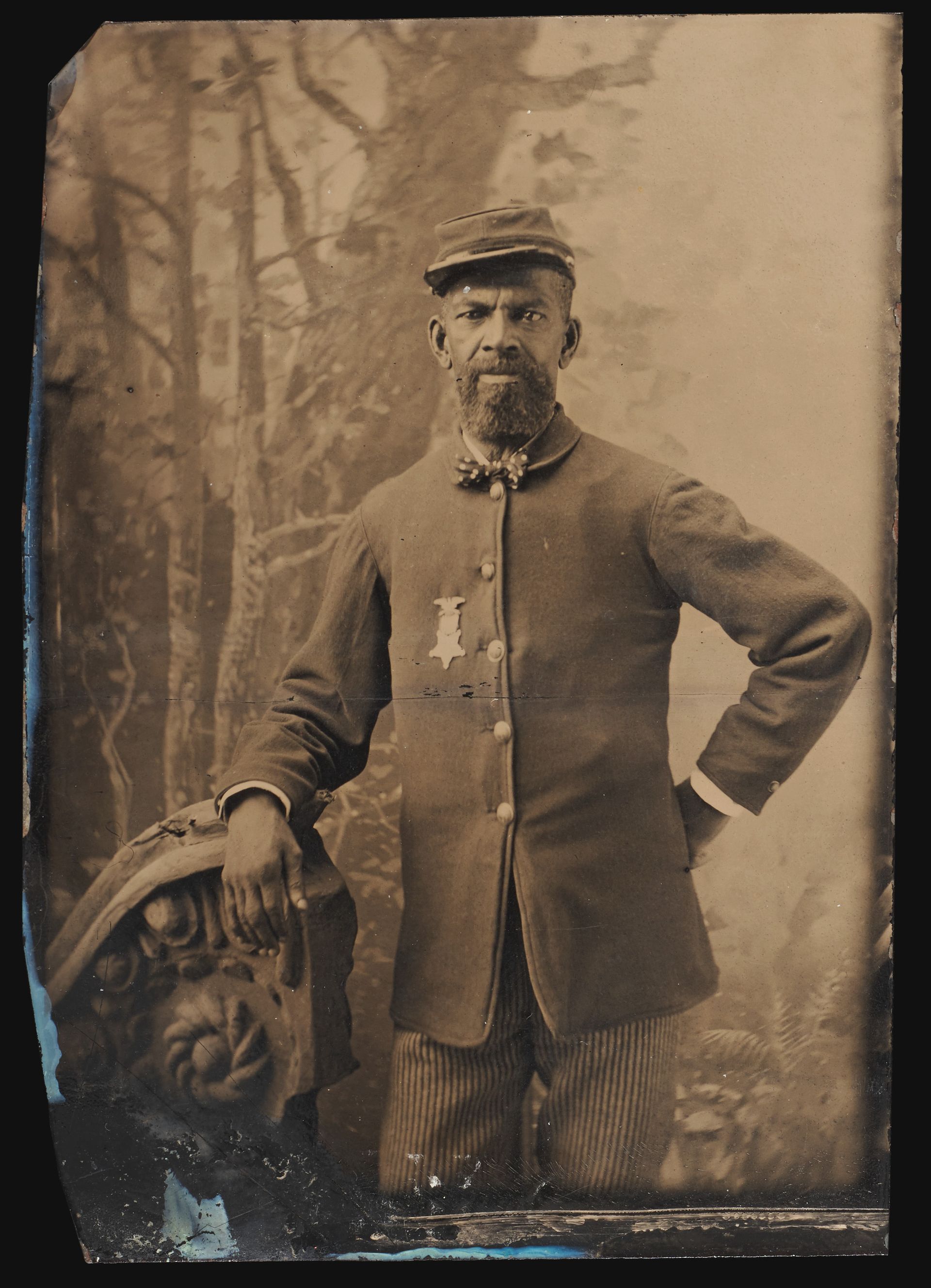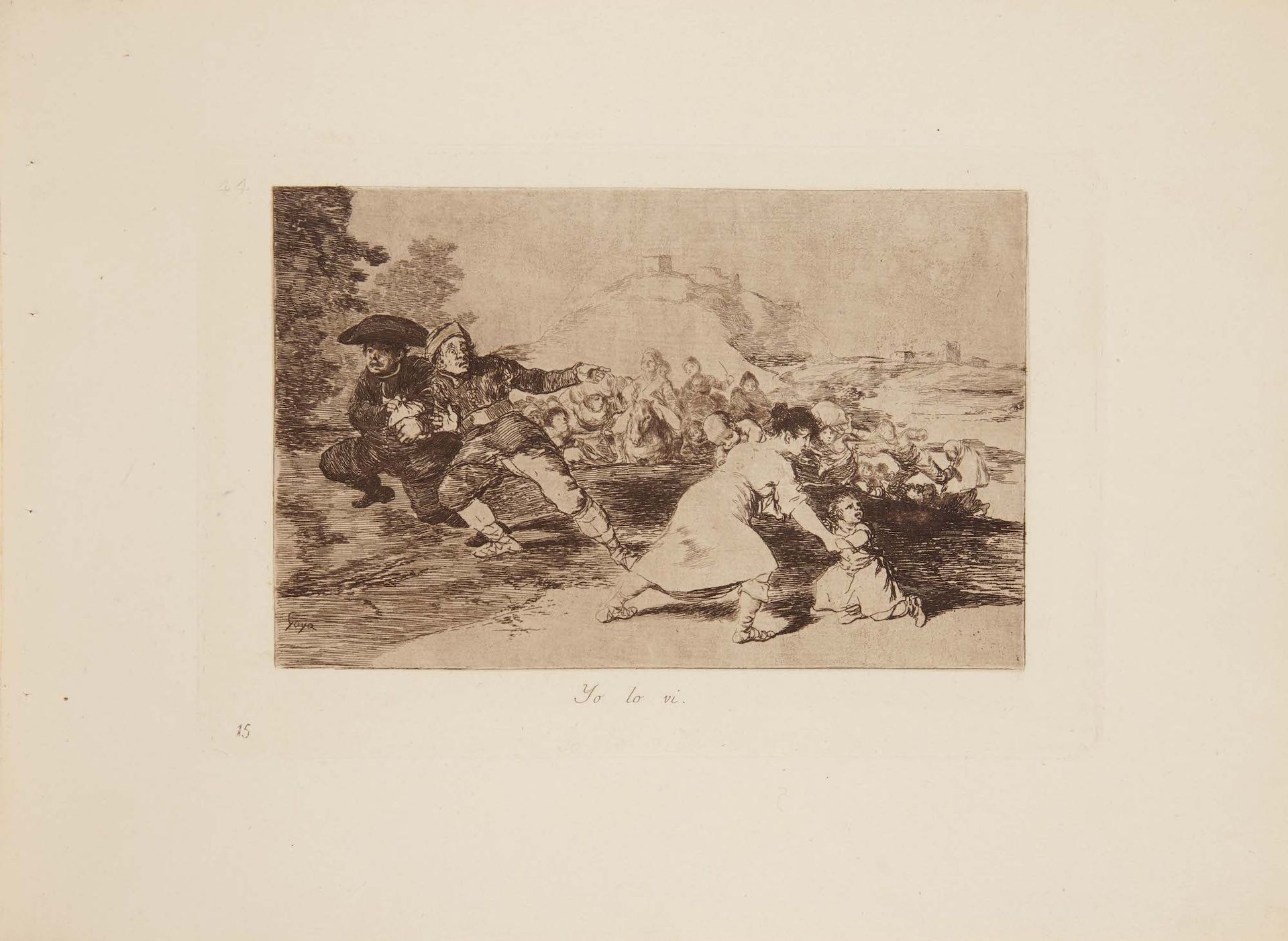While much of the world remains grimly glued to the latest images from Russia’s war on Ukraine, As They Saw It: Artists Witnessing War (until 30 May) allows visitors to the Clark Art Institute in Williamstown, Massachusetts to see atrocities on the battlefield through the eyes of artists spanning four centuries of European and American art, with an emphasis on 1820-1920.
“Before the war in Ukraine broke out, I was concerned that the phrase ‘Crimean War’, which comes up in the exhibition, would seem for most people like a relic from an old world history course,” says Anne Leonard, the Clark’s curator of prints, drawings and photographs. “But, Crimea and Ukraine have rumbled into the present—more timely than anyone planned or wished.”
The exhibition covers conflicts as seen through the eyes of some 35 artists, from pro- and anti-Napoleonic imagery (including Francisco de Goya’s Los Desastres de la Guerra or Disasters of War series of 1810-20) to Civil War photographs and wood engravings, multiple perspectives on the First World War and images of Black Americans in military service.

Unknown artist, Portrait of a Civil War Veteran Wearing a Grand Army of the Republic Medal, around 1866-70, tintype Clark Art Institute, Gift of Frank and Katherine Martucci, 2021
For a war image to survive as art “it has to be something more profound than simply reporting”, Leonard says. “It has to touch something deeper in the human psyche.”
The large-format image over the exhibition entrance is based on a photograph by Roger Fenton, The Photographer’s Van with Marcus Sparling in the Crimea (1855). Fenton was a rare figure in the early days of photojournalism—an eyewitness photographer. “We can draw a pretty straight line from Fenton to 24-hour news and up to our present moment, when it’s a given to expect real-time images of military conflict,” says Leonard.
War Refugees (1916), an etching by Louis Icart, depicts a family of refugees stooped, tired amd dragging a cart with all their possessions. “When we were hanging this show, the refugee toll from Ukraine kept going up,” says Leonard. “The individuality of the experience helps to humanise the statistics that we hear.”

Francisco de Goya y Lucientes, Que valor! (What Courage!) from The Disasters of War, 1810-1820, printed after 1863, etchings and aquatints on paper, bound Clark Art Institute
One of the most powerful works in the exhibition is Goya’s Disasters of War series, inspired by historical conflicts in early 19th century Spain. It encompasses a complete set of 80 plates in etching and aquatint with some engraving and drypoint bound in modern boards. Visitors can see the entire album in sequence through an adjacent video screen. Goya describes each scene with a simple sentence underneath, guiding viewers through the shadows of his memories, evoking emotions too powerful for words.
During a recent visit, the album was open to What Courage. It shows the heroism of Agustina Zaragoza (also known as Agustina de Aragón) during the 1808 Napoleonic siege of Saragossa. Standing on the bodies of fallen Spanish artillerymen, her white dress stands out in stark contrast to the darkness of the canon and bodies as she fires at the French army.

Francisco de Goya y Lucientes, Yo Lo Vi (I Saw It) from The Disasters of War, 1810-1820, printed after 1863, etchings and aquatints on paper, bound Clark Art Institute
In another, I Saw It, Goya depicts a clergyman running off with a bag of coins, dragging away a uniformed man, while a woman and her young child are left defenseless. His series depicts the despair, dark emotions and echoes of violence in wartime. “Most of the images tend to be retrospective,” says Leonard, “a product of reflection on the part of the artist rather than an immediate, unfiltered view.”
Historical images of war remind us that “war is always contemporary”, says Leonard. “There is a sense of futility about any hope that we can ever get beyond a world where war is always going to be some level of threat.”
- As They Saw It: Artists Witnessing War, until 30 May, Clark Art Institute, Williamstown, Massachusetts. Admission to the Clark exhibition is free to all veterans, active-duty military and their families.


